Classical mythology in art is a recurring theme in Art History.
From time to time we are facing works that reconstitute facts of the Greco-Roman culture and imagination.
This post contains a Video.
Women and Mythology in Art History
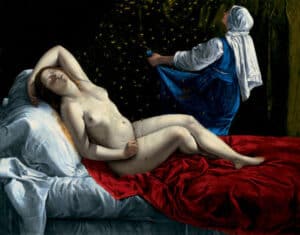
Danae by Artemisia Gentileschi, 1612
Some of humanity’s greatest and most important works of art have in classical mythology their central subject.
With emphasis on the female figure, which concerned not only the time of the myth, but the period in which it was painted.
Let’s see 5 examples of women and mythology in art history
1 – The Doom Fulfilled (1888)
Edward Burne Jones (1833-1898)
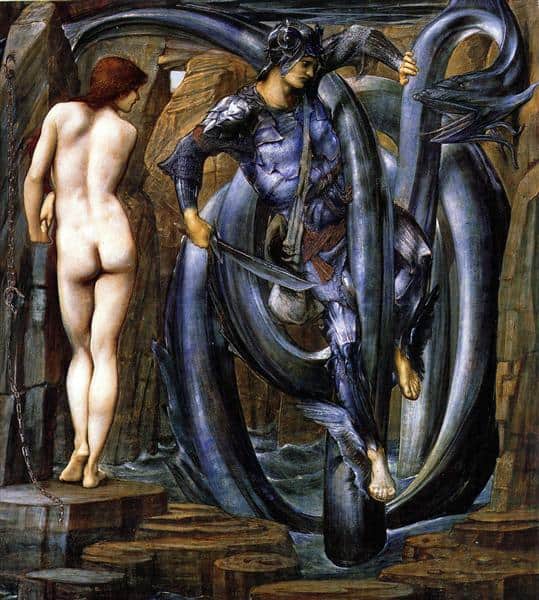
The Perseus myth
The first example of mythology in art history represents the moment the hero attacks and defeats the sea monster that threatens young Andromeda.
Our gaze is drawn to the girl on the left of the painting, Andromeda.
Aesthetically she “shines”, being the only bright spot on a dark background and in the middle of a fight where the shade of dark blue prevails.
The painter represented the feminine symbol of his day more than necessarily the Greek.
The dawn of the twentieth century is linked to a feminine ideal that combines childlike innocence with femme fatale.
DANAË (1907)
Gustave Klimt (1862-1918)
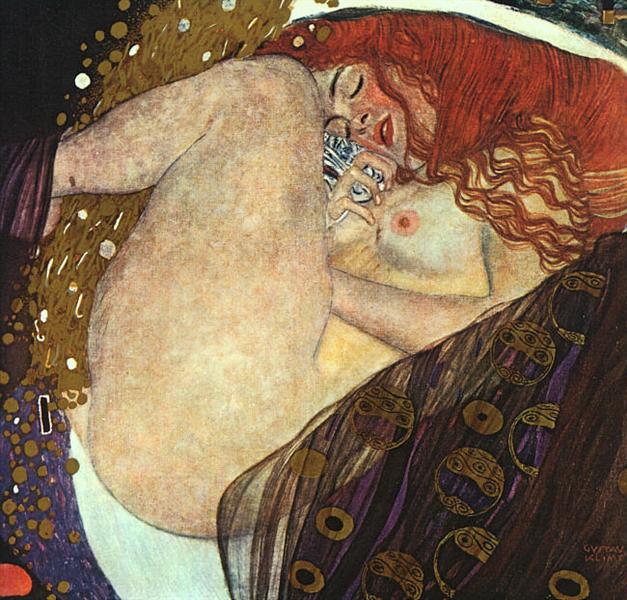
The Danaë myth
The Danaë myth is one of the examples of mythology in art represented by various artists throughout history.
The young woman – Danaë – was locked in a tower.
The supreme lord of Olympus, Zeus, fecundates the young woman turning himself into a golden rain. From this union Perseus is born.
Klimt portrayed the moment when Danaë is taken by the Lord of Olympus.
Her red hair spills over her shoulders and back, and her slightly flushed face highlights the sexual act and arousal.
The two-dimensional quality of the figure is one of the author’s most relevant marks, and his choice to focus on the sexual act without the presence of anyone other than Danaë herself makes clear the choice for the erotic of the myth.
Learn more about art history and art analysis
Online courses with certificate | access 24/7 for unlimited time
HECATE (1795)
William Blake (1757-1827)

Hecate – Greek goddess of the underworld
Responsible for sending night terrors to men.
Sometimes she appears as a goddess, sometimes as a titan, sometimes as a witch.
In this representation there is a strong dramatic charge.
The background of the scene is dark, and the arrangement of elements connotes an enclosed space, resembling a kind of cave.
Beside the goddess appear two young persons, a man and a woman, but we cannot see their faces, hidden by Hecate’s body.
A constant match between the dark and light tones of the painting draws the eye to the trio.
Antigone with Polynice’s Body (1825)
Sébastien Norblin (1796-1884)
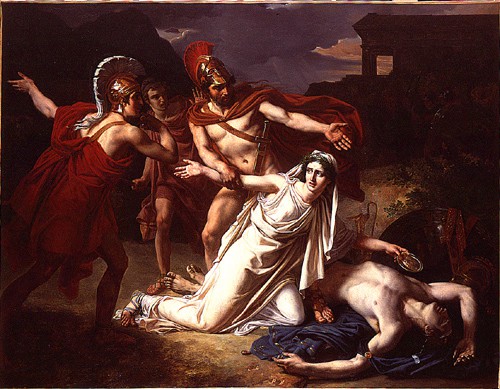
Antigone with Polynice’s Body
This work depicts the scene of Antigone burying her brother while knowing that such an act will cost her life.
Norblin’s painting is intensely dramatic. Mountains, a cloud-covered sky and a temple make up the background.
On the left of the image, three soldiers in red capes. They stand in opposition to Polinice’s dead body, which rests on a blue cloak and has its trunk exposed from the waist up.
Illumination from left to right highlights the young Antigone in the center of the scene wearing a white cloak.
Learn more about art history and art analysis
The Birth of Venus (1483)
Sandro Botticelli (1445-1510)
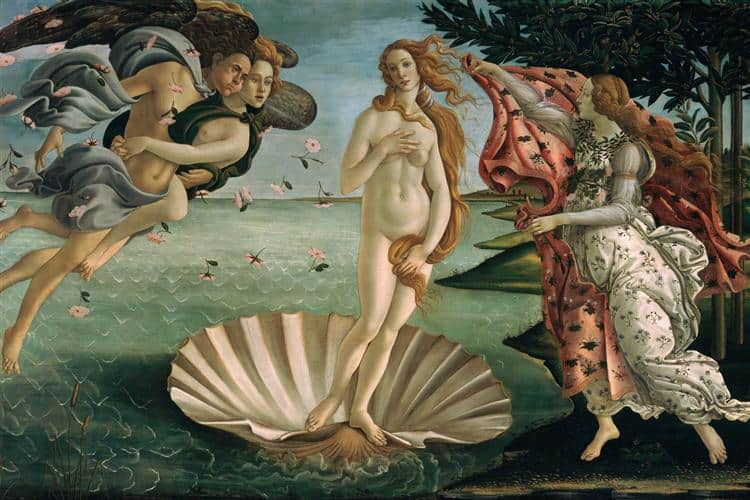
The Birth of Venus
Venus for the Romans and Aphrodite for the Greeks has been stamped in modern society from packaging to notebook covers.
She is the goddess of love and beauty, and, according to the most recurring version of Greek mythology, she is made of sea foam.
On the left side she receives the breath of Zephyr, responsible for the westerly winds. On the right side, a blanket covered with flowers, delivered by one of the Hours, goddesses of the seasons.
Botticelli’s Venus is a classic of women and mythology in art .
Watch the video

Credits The Doom Fulfilled, Edward Burne-Jones, 1884 - 1885,Southampton City Art Gallery, Southampton, UK Danaë, Gustav Klimt, 1907 - 1908, Wurthle Gallery, Vienna, Austria The Night of Enitharmon's Joy, William Blake, 1795, Tate Modern Sébastien Norblin, Antigone donnant la sépulture à Polynice, 1825, Paris, Ecole Nationale Supérieure des Beaux-Arts.

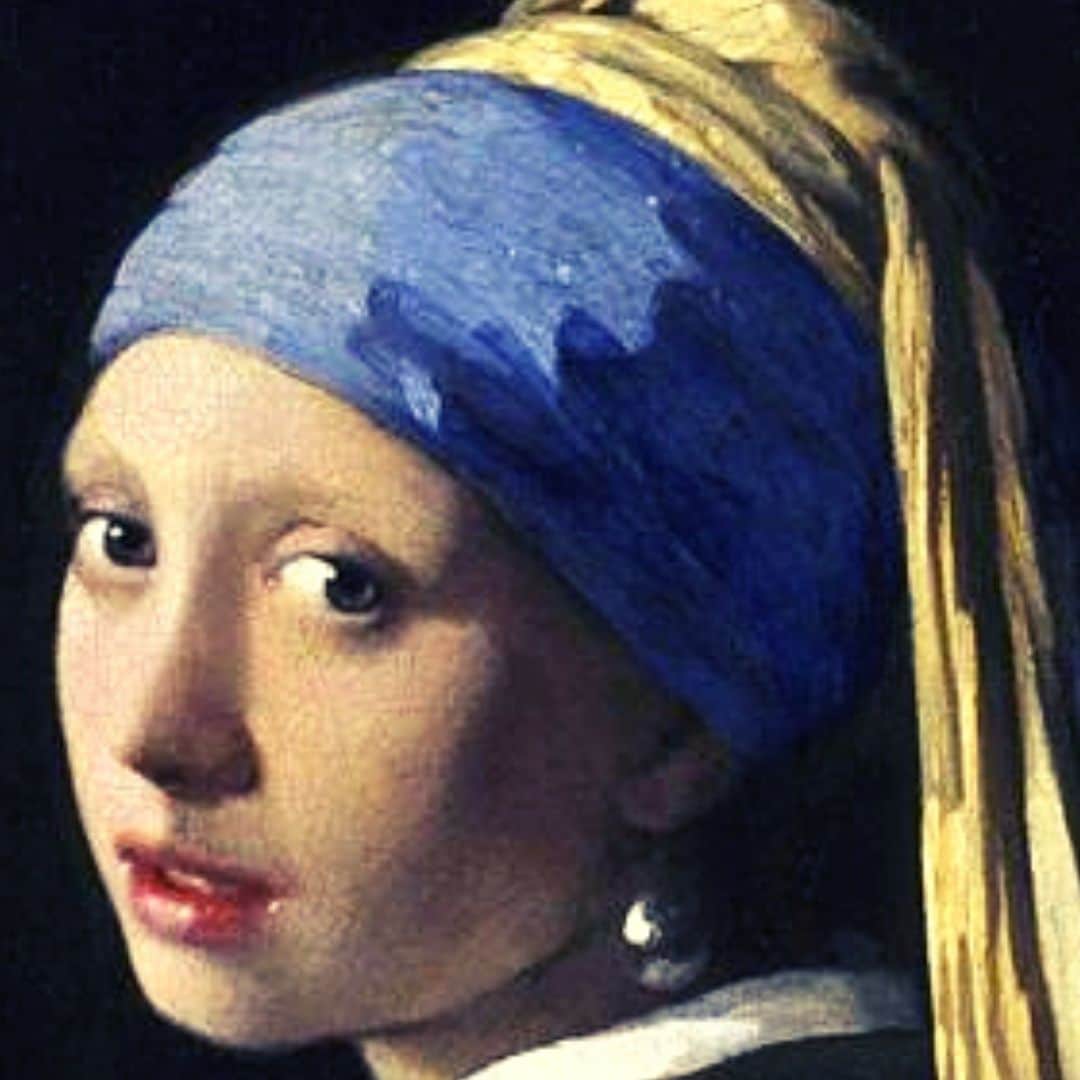
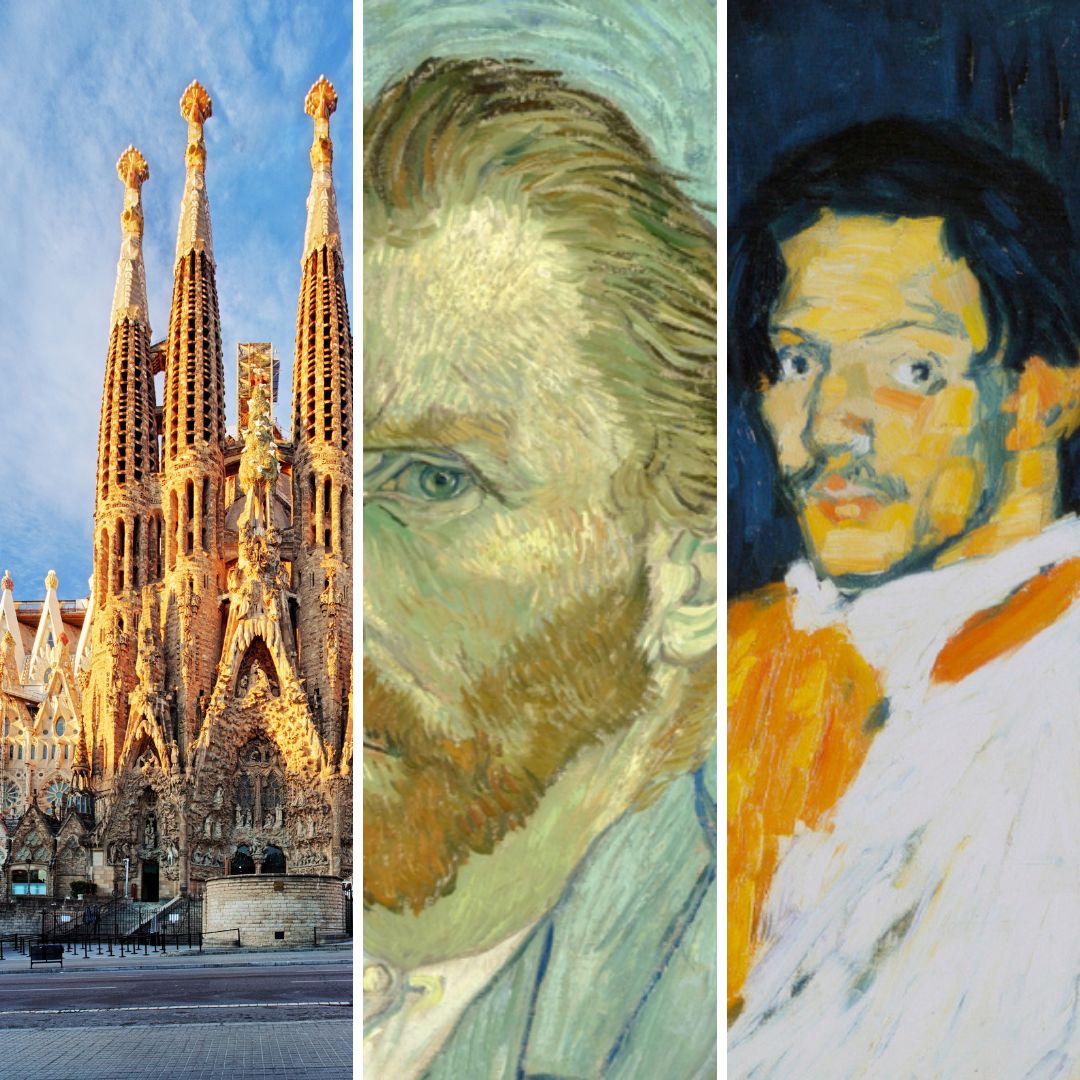
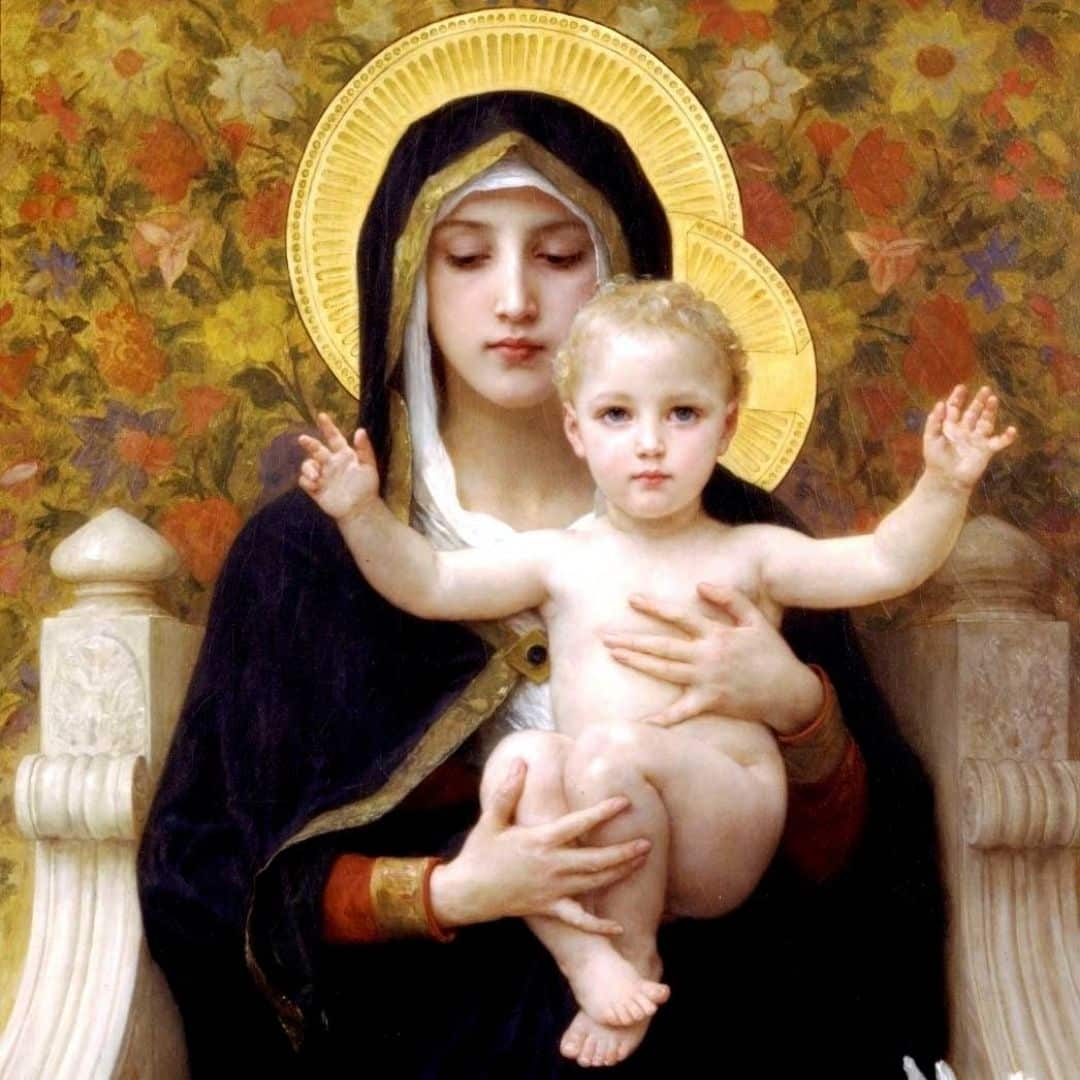

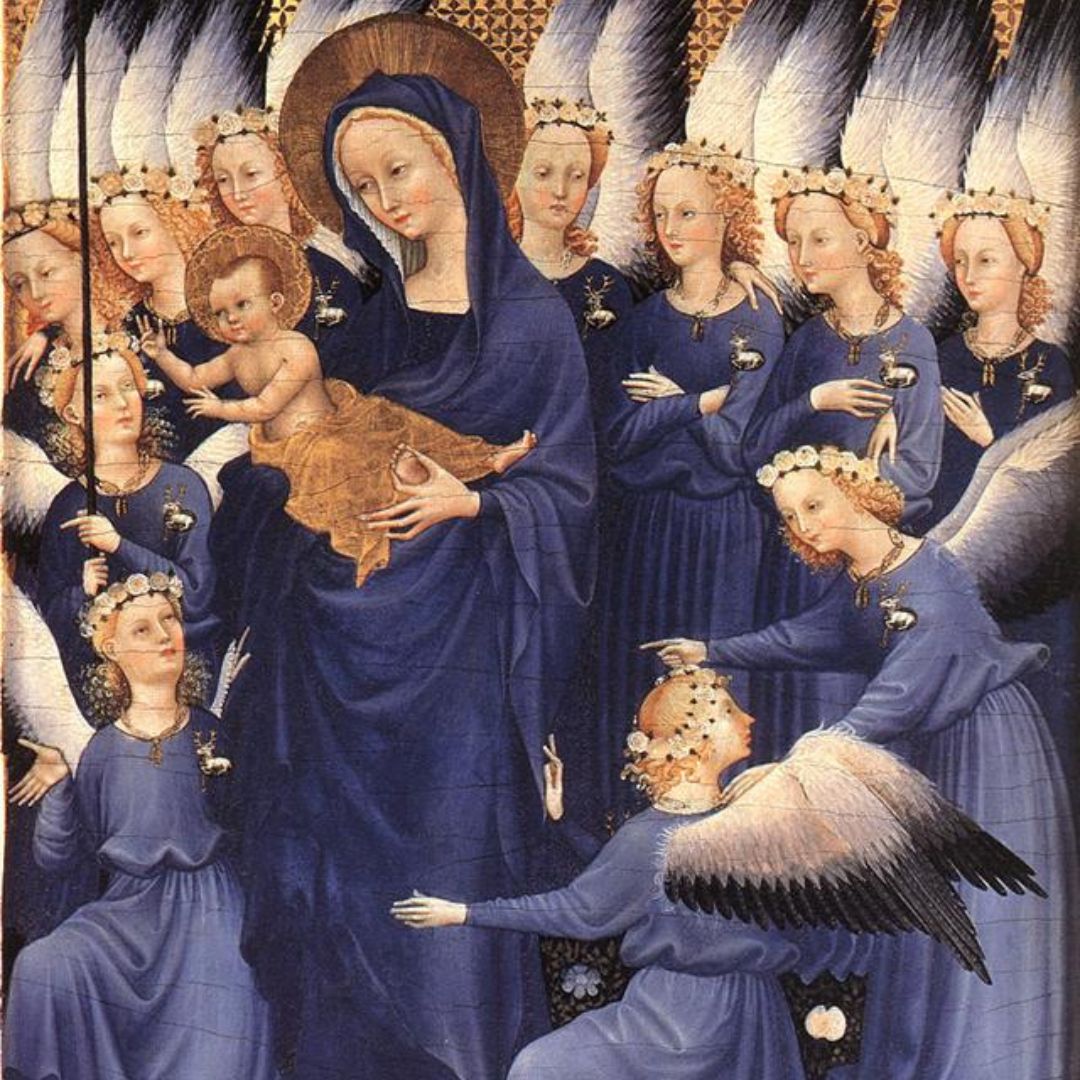



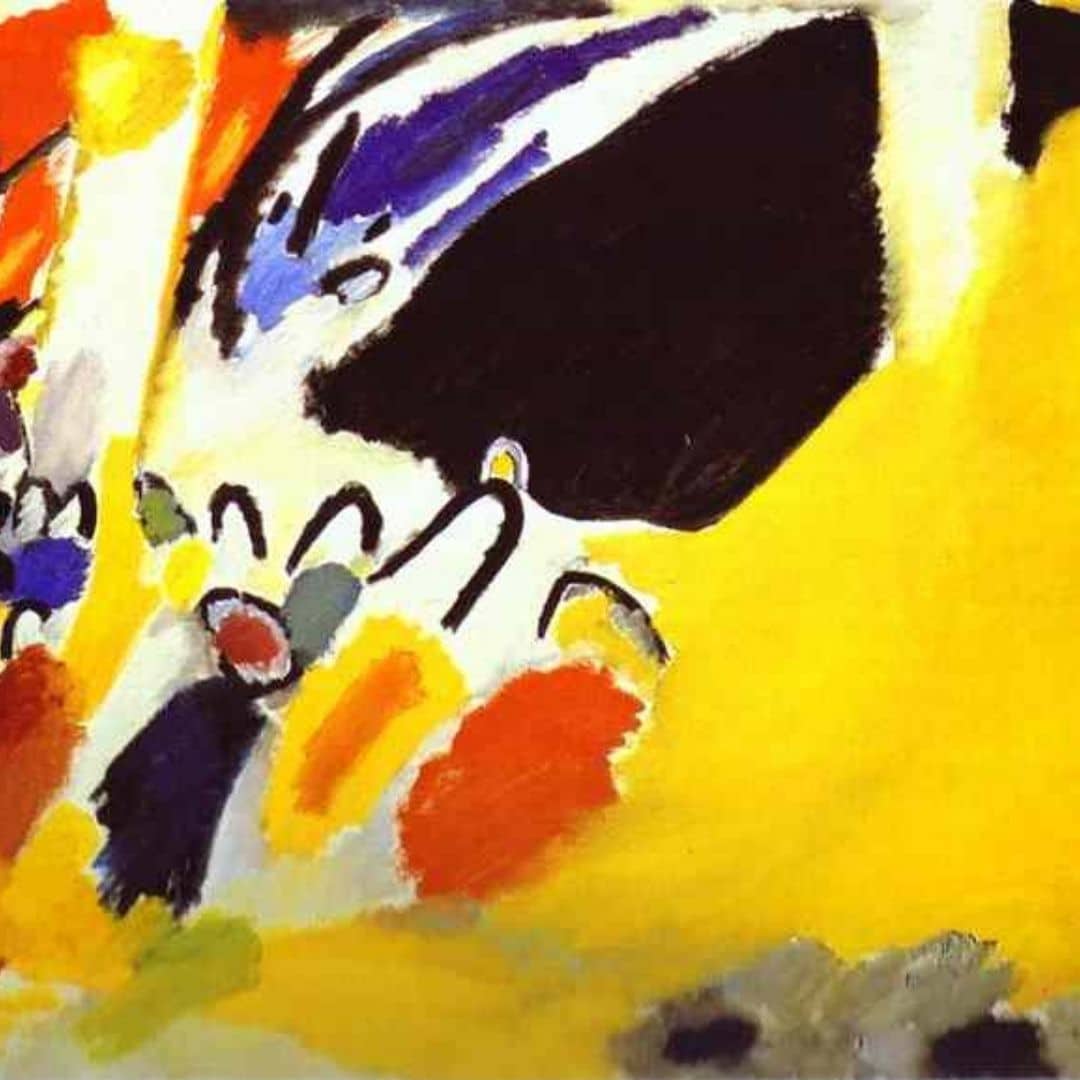
1 Comment.
Fantastic blog post. I was checking constantly to this weblog & Im really inspired! Extremely helpful information, especially the third part. I really need this kind of information. I was seeking this kind of knowledge for quite some times. Thank you and good luck.